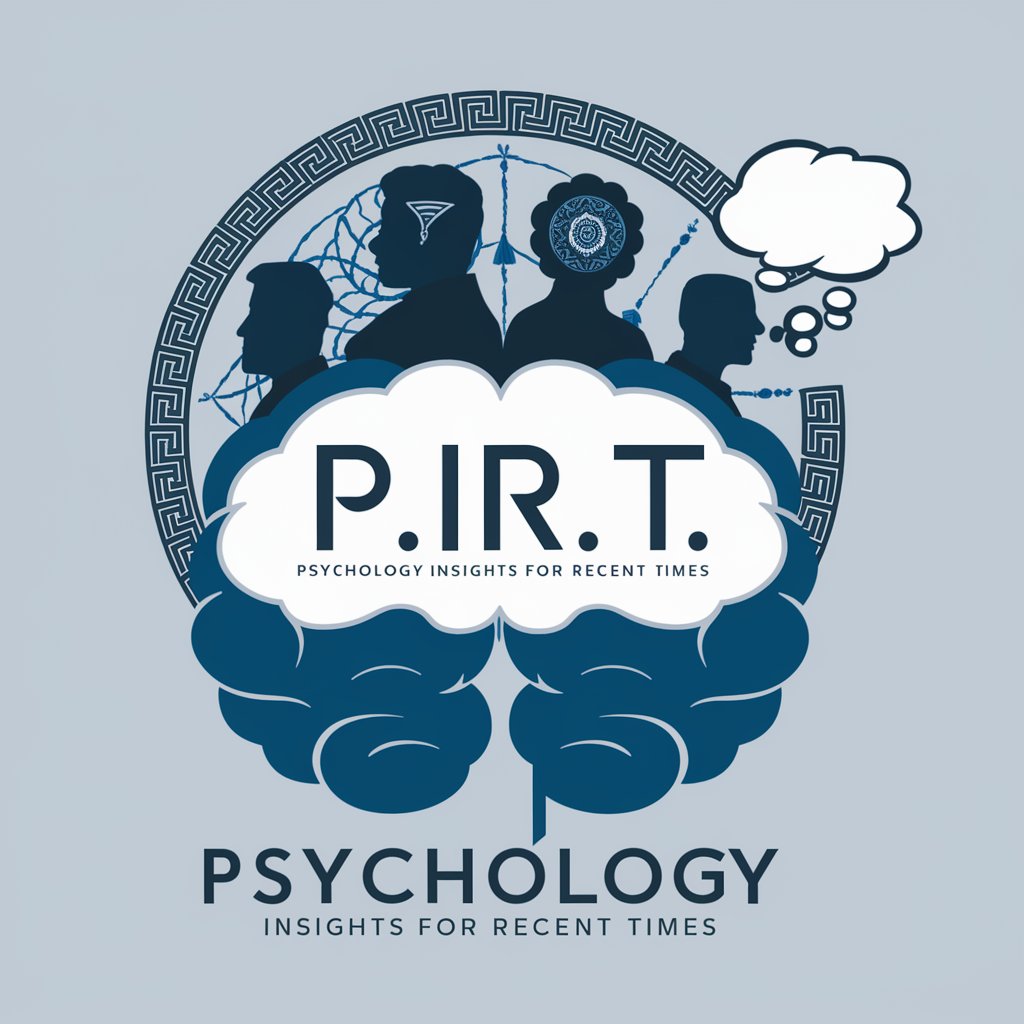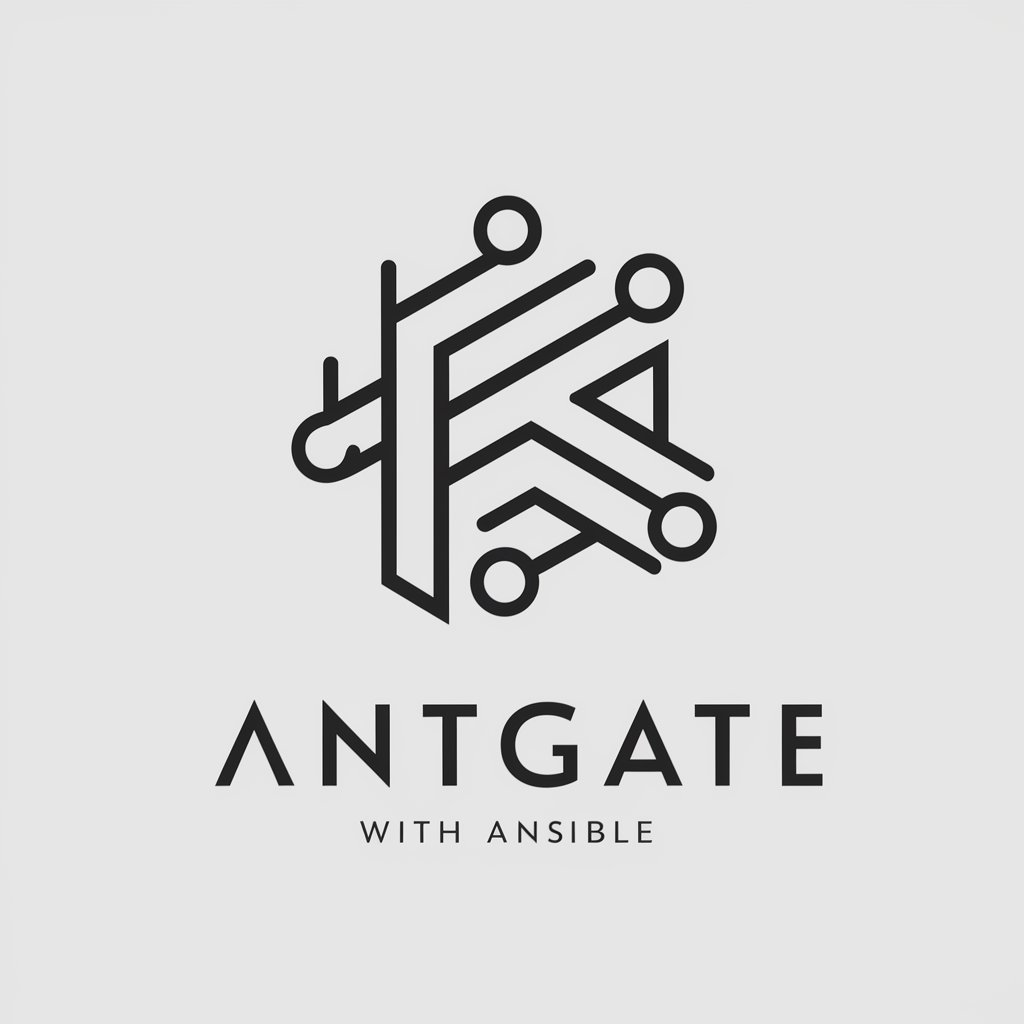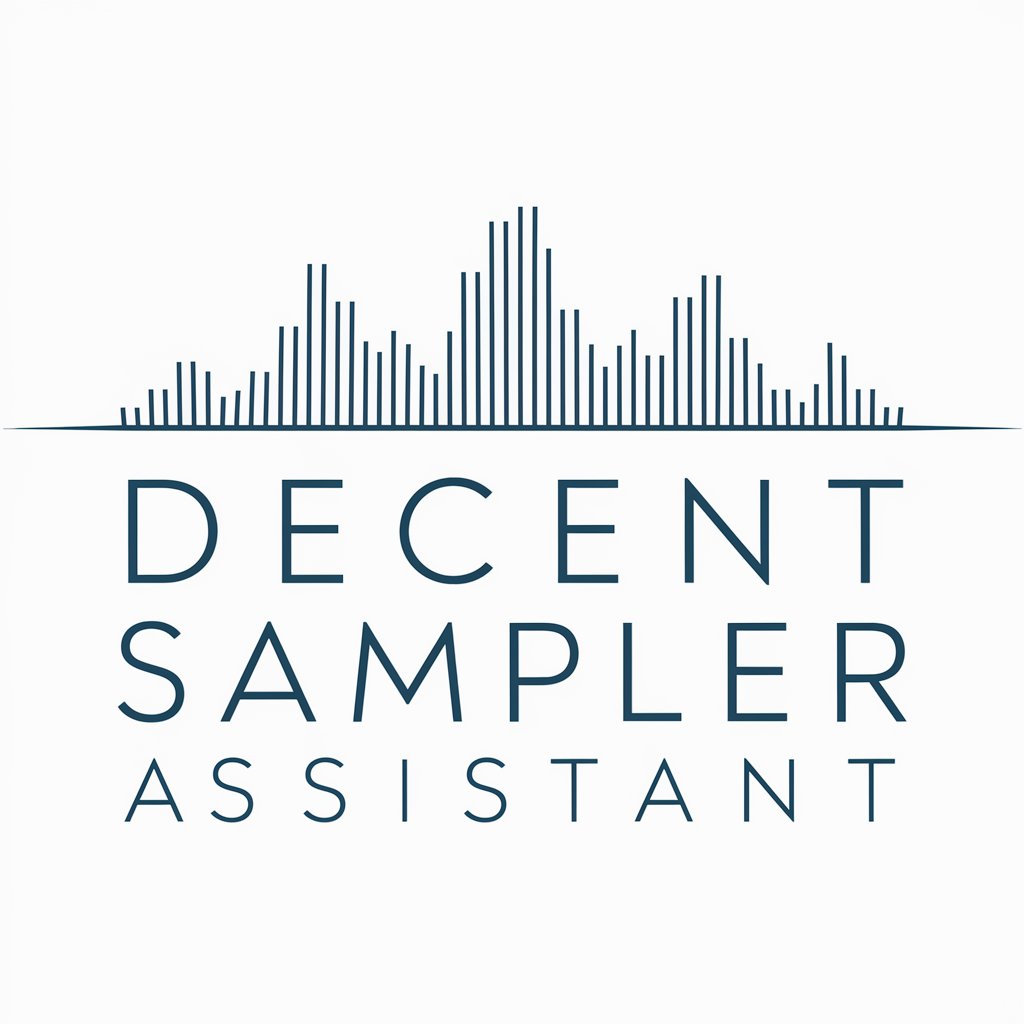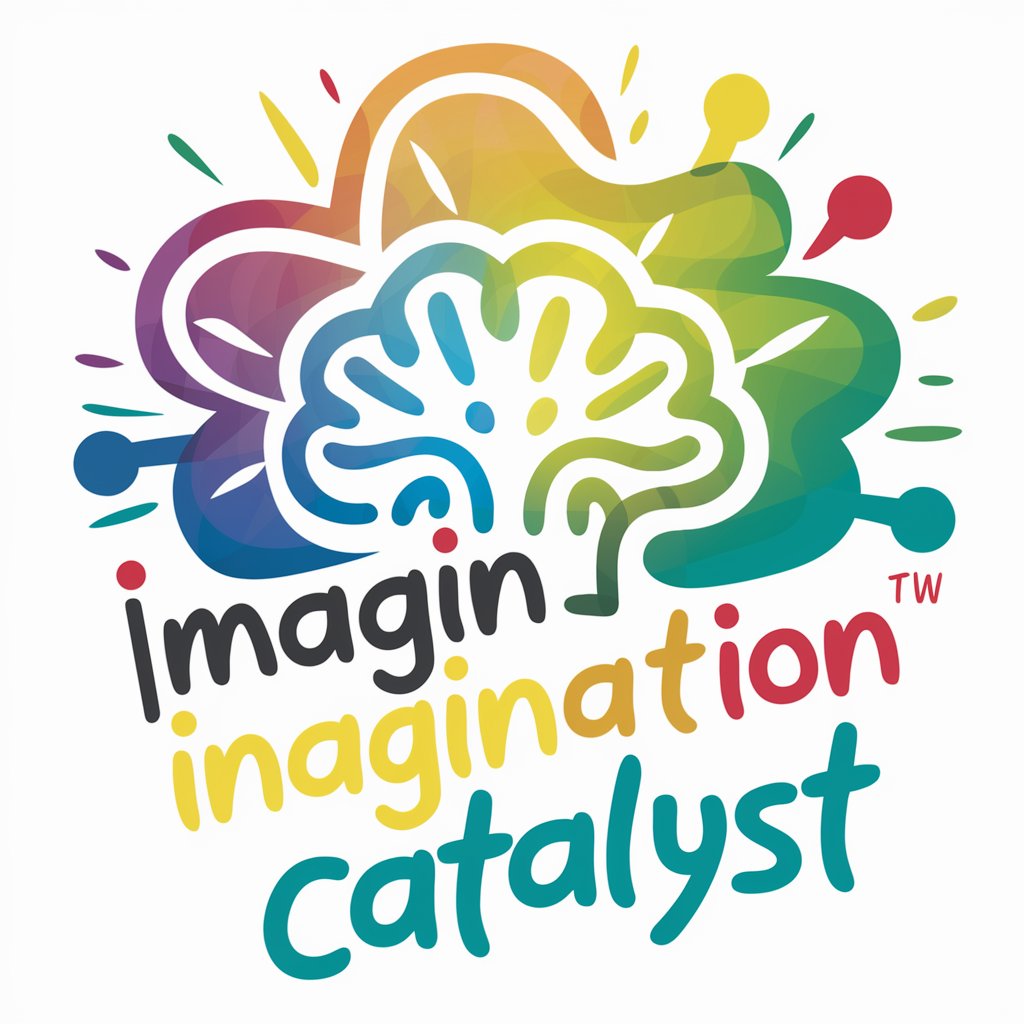Recent AI Paper Explainer - Let's Verify - AI research breakdown

Hello, AI enthusiasts!
Decoding complex AI research
Can you provide a summary of the latest AI paper on...
Explain the differences between process supervision and outcome supervision in training models.
What are the key findings of the paper regarding...
How does active learning improve the efficacy of...
Get Embed Code
Overview of Recent AI Paper Explainer - Let's Verify
The Recent AI Paper Explainer - Let's Verify is designed to assist users in understanding and engaging with the latest AI research papers, particularly those that are dense and technical in nature. Its primary function is to provide detailed, paragraph-by-paragraph analyses, summaries, and discussions of research papers. This tool is especially useful in scenarios where users might need to grasp the core concepts of a paper quickly or require assistance in implementing certain methodologies discussed within the paper. For example, if a user is dealing with a paper on new machine learning techniques, Let's Verify can break down the methodology section, offer a summary of the results, and suggest practical use cases or further experiments based on the discussed techniques. Powered by ChatGPT-4o。

Core Functions and Applications
Paragraph-by-Paragraph Analysis
Example
If a user is studying a complex algorithm presented in a paper, Let's Verify can provide insights into each paragraph, explaining technical terms and the significance of each step in the algorithm.
Scenario
Useful when digesting detailed methodological descriptions or theoretical foundations in academic papers.
Summarization
Example
For a lengthy discussion on AI ethics in a research paper, Let's Verify can condense the main arguments and perspectives into a concise summary.
Scenario
Helpful for users who need to quickly understand the key points of extensive sections or entire papers.
Implementation Suggestions
Example
Upon analyzing a section about neural network optimizations, Let's Verify can suggest code implementations or tweaks to experiment with these optimizations practically.
Scenario
Beneficial for developers or researchers looking to apply theoretical findings in practical settings.
Proof of Concept Development
Example
Let's Verify can guide a user through the development of a proof of concept based on a novel AI technique described in a paper, providing step-by-step coding guidance.
Scenario
Ideal for prototyping new ideas or techniques mentioned in research papers, facilitating hands-on learning and experimentation.
Target User Groups
Academic Researchers
Students and professionals in academia who are engaged in AI research and need to stay updated with the latest studies, methodologies, and results. Let's Verify helps them quickly understand and integrate new knowledge into their work.
Industry Professionals
AI practitioners in the industry who need to apply cutting-edge AI research to improve their products or services. Let's Verify assists them in translating complex research into actionable insights.
Educators and Trainers
Instructors who teach AI and machine learning courses can use Let's Verify to prepare educational content or to provide students with a deeper understanding of specific research papers.

Using Recent AI Paper Explainer - Let's Verify
1
Visit yeschat.ai for a free trial without login, also no need for ChatGPT Plus.
2
Upload or select an AI research paper from your files or through the interface.
3
Choose a specific section or request a general summary of the research paper.
4
Apply the 'Let's Verify' feature to generate detailed explanations, use cases, or code samples related to the AI concepts discussed.
5
Utilize the tool's customization options to tailor the analysis according to your interests or research needs.
Try other advanced and practical GPTs
Psychology Insights for Recent Times
Explore psychology with AI-powered insights

Recent AI News
Stay Ahead with AI-Powered Insights

Chat with PDF
Transform PDFs into Insightful Conversations

TNSR - Netgate with Ansible
Automate network configurations with AI

Programming with me
Empowering code development with AI

Artisan Fin with Nurit
Empowering Artisans with AI

Recent Earnings
Deciphering Financial Trends with AI

Vet Pulse
Revolutionizing Veterinary Decisions with AI

Cyber-Architect AI Regent
Empowering cybersecurity architecture with AI

Decent Sampler Assistant
AI-powered Sampler Scripting Simplified

Recept med Näringsvärden
Craft your meals, nourish your body

Imagination Catalyst
Enhancing Creativity with AI Power

Q&A about Recent AI Paper Explainer - Let's Verify
What is the primary purpose of Recent AI Paper Explainer - Let's Verify?
The primary purpose is to help users understand complex AI research papers by breaking down their content into understandable segments, providing detailed explanations, potential applications, and even code examples.
Can it generate code based on the research papers it analyzes?
Yes, it can generate sample code to demonstrate how to implement the concepts or algorithms discussed in the research papers.
Is there a limit to the length or complexity of papers the tool can analyze?
While there's no strict limit to the length or complexity, longer or more complex papers might require more specific queries to effectively break down and explain different sections.
How does the tool handle papers with advanced mathematical content?
It can explain mathematical concepts and formulas within the context of AI research, making it easier for users without a strong mathematical background to understand the underlying principles.
Can I use this tool for collaborative research purposes?
Yes, it's designed to facilitate understanding and discussion among researchers, making it a valuable tool for collaborative projects and academic discussions.
